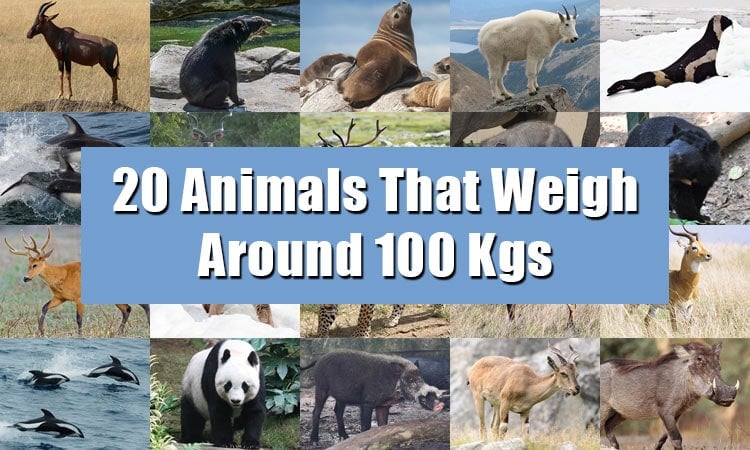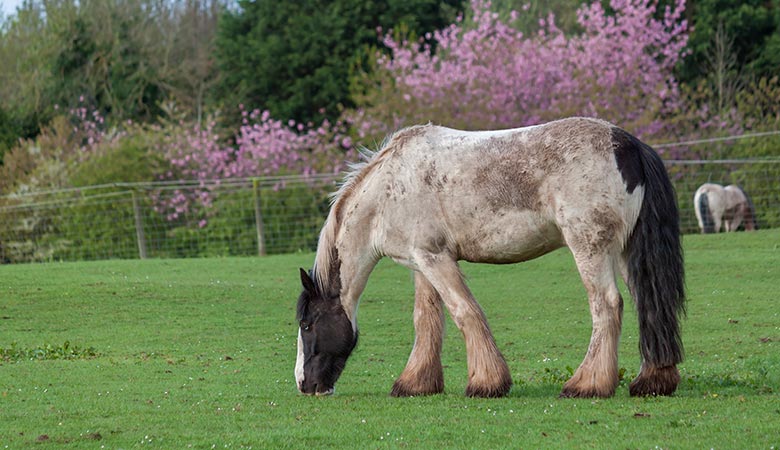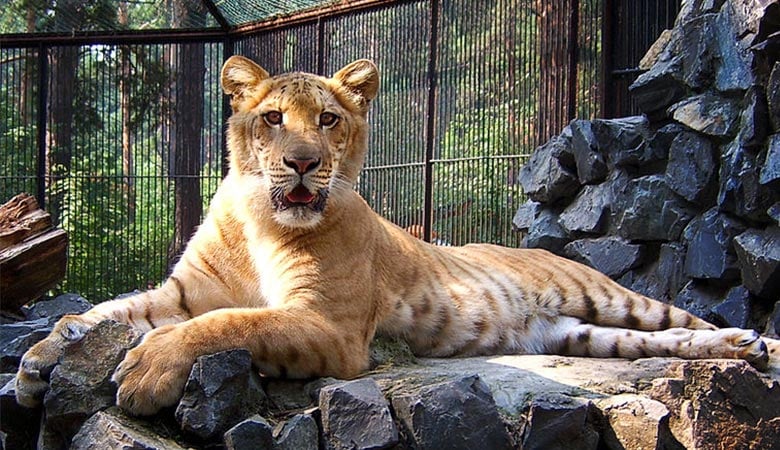You might be surprised to learn how much 100 pounds really is in the animal world. The weight of a particular animal can be deceptive. Have you ever had a dog jump up to greet you, only almost to knock you to the ground?
This got me thinking, which animals weigh around 100 pounds? There is a wide variety of animals that weigh about 100 pounds; everything from mammals, like some species of bears, to reptiles like the komodo dragon.
Here’s a list of some of the more exciting and surprising animals I found that are close to that weight.
Gray Wolves
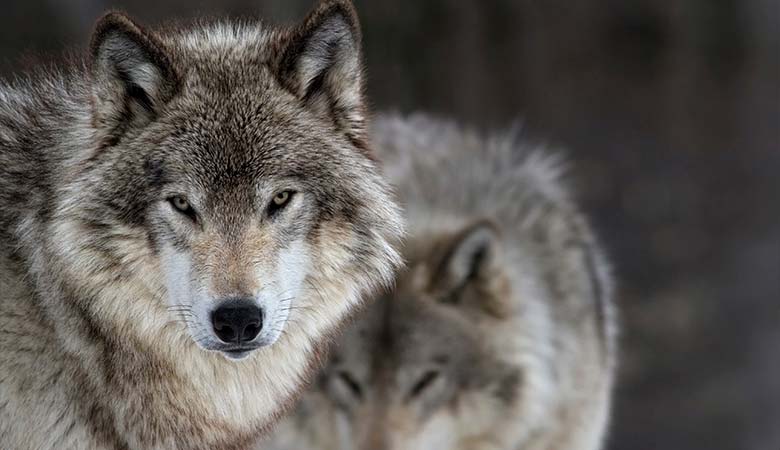
Adult male gray wolves can weigh between 70-110 pounds, while female gray wolves will weigh between 50-85 pounds fully grown. Gray wolves are actually larger in the Northwestern United States, Canada, Alaska, and Russia, where adult males can weigh between 85-115 pounds.
The smallest species of wolves reside in the Middle East. An adult Arabian wolf might reach 30 pounds at its heaviest. To learn even more about Gray wolves and other species, check out this great resource.
Mountain Lions
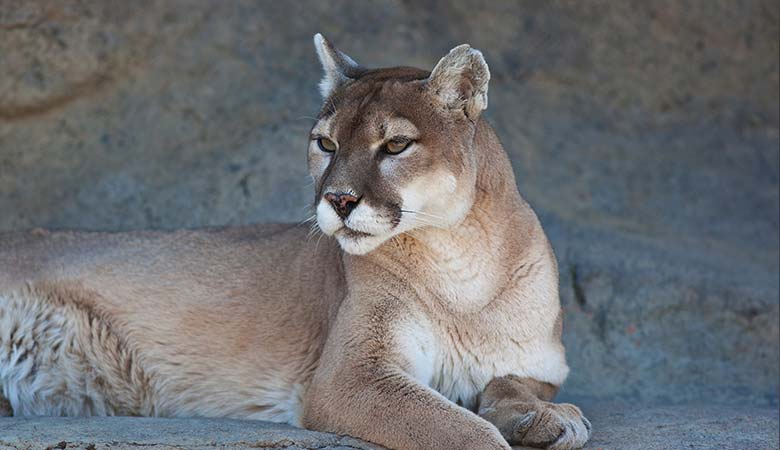
Also known as cougars, panthers, and pumas, mountain lions are a formidable animal to come across on a hike. Adult males tend to weigh 110-180 pounds. Female mountain lions weigh about 30-40% less than the males, growing up to 80-130 pounds.
They are beautiful, but dangerous animals and shouldn’t ever be harassed or played with. Mountain lions can leap 15 feet up a tree and can reach 50 miles per hour during a sprint. Thankfully, humans aren’t in the mountain lion diet and tend to avoid us.
They truly are amazing animals, if you’d like to learn more about them just click here.
Bears
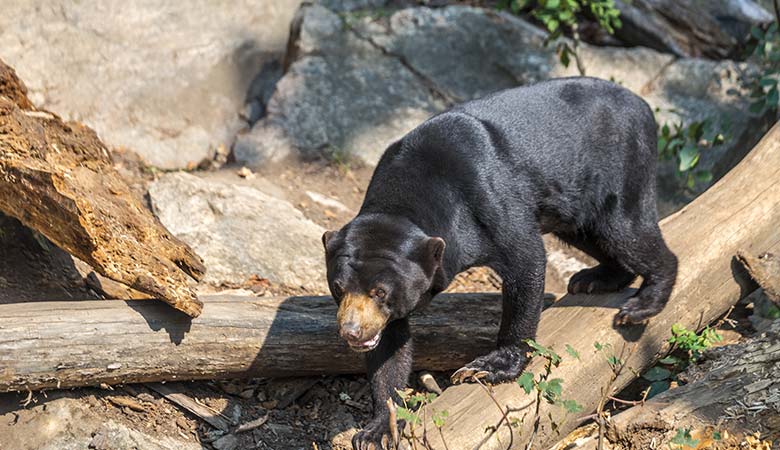
When I think of bears, I can’t help but think of the formidable figure of the brown bear catching salmon in Alaska. Their average adult weight is 700 pounds, but there are a few species of bears that weigh around 100 pounds.
- Sun Bears: This reclusive species can weigh between 60 to 150 pounds, making it the smallest of the bears. Sun Bears are often called “dog bears” due to their build, physical characteristics, and size. Source.
- Black Bears (North America): Definitely a larger species of bear, but depending on the time of year, their weight fluctuates. Females will grow to weigh between 90 to 250 pounds while males will grow to weigh between 130 to 500 pounds. Source.
- Asiatic Black Bears: Females reach maturity around 3-4 years and can weigh anywhere from 110 to 275 pounds. Males are much larger, weighing somewhere between 220 to 440 pounds.
Fur Seals
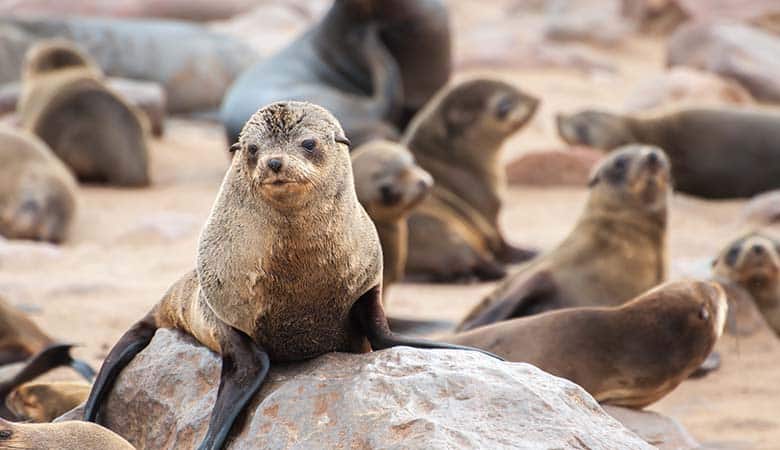
While there are species of seals that can tip the scales at more than 400 pounds, there are multiple species of fur seals that are around 100 pounds.
- South American Fur Seals: Male fur seals weigh significantly more than females. Males will weigh between 330 to 440 pounds while females weigh between 60-130 pounds. Source.
- Northern Fur Seals: The weight difference between males and females is even more pronounced in the Northern Fur Seal. Males can reach weights up to 600 pounds while females will grow to weigh between 60 to 110 pounds. Source.
- New Zealand Fur Seals: Found on rocky shores, male fur seals weigh between 200 to 330 pounds. Female fur seals weigh between 60 to 110 pounds. Source.
- Subantarctic Fur Seal: These carnivorous marine mammals range in weight depending on the sex. Males grow to a more substantial adult weight, between 150 and 350 pounds. Female subantarctic fur seals weigh between 55 to 150 pounds. Source.
- Galapagos Fur Seals: Females of this endangered species weigh an average of 60 pounds, while the males weigh an average of 140 pounds. Source.
Dolphins
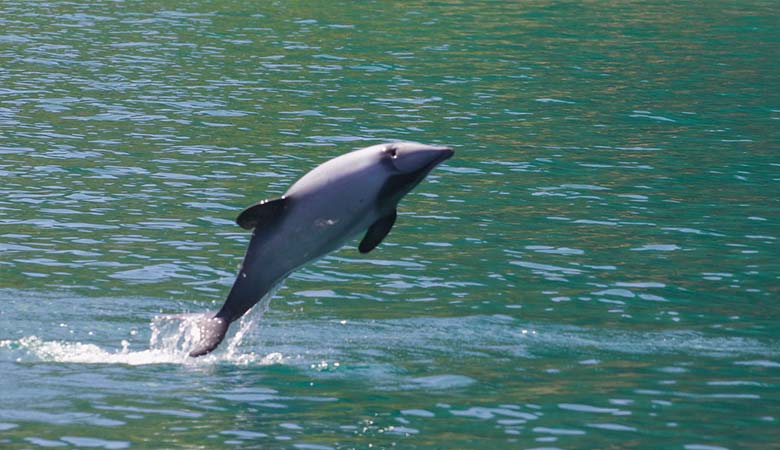
Dolphins are another animal whose weight varies greatly depending on the specific type of dolphin. There are a few species that weigh over 1,000 pounds fully grown, but there are quite a few smaller species whose adult weights are closer to 100 pounds.
- Spinner Dolphins: Named after their acrobatic qualities, spinner dolphins grow to weigh around 130 to 170 pounds. Spinner dolphins can spin multiple times in a single leap, and can even use these moves to communicate with each other. Source.
- Hector’s Dolphins: Weighing up to 110 pounds, Hector’s dolphins are the smallest and the rarest marine dolphins in the world. They are critically endangered, with an estimated population of only 55. Source.
- Chilean Dolphins: These small, stocky dolphins can grow to weigh about 140 pounds. Source.
- Commerson’s Dolphins: Easily recognizable with their black and white markings, Commerson’s dolphins are also called “panda dolphins.” Males and females tend to weigh the same, about 180 pounds. Source.
- Indus River Dolphins: Only found in Pakistan, the Indus river dolphin is rare, and the second-most endangered freshwater river dolphin. They weigh 150 to 240 founds as adults. Source.
- Heaviside’s Dolphins: These dolphins are often mistaken for porpoises since they do not have beaks. Adults weigh between 130-150 pounds. Source.
Capybaras
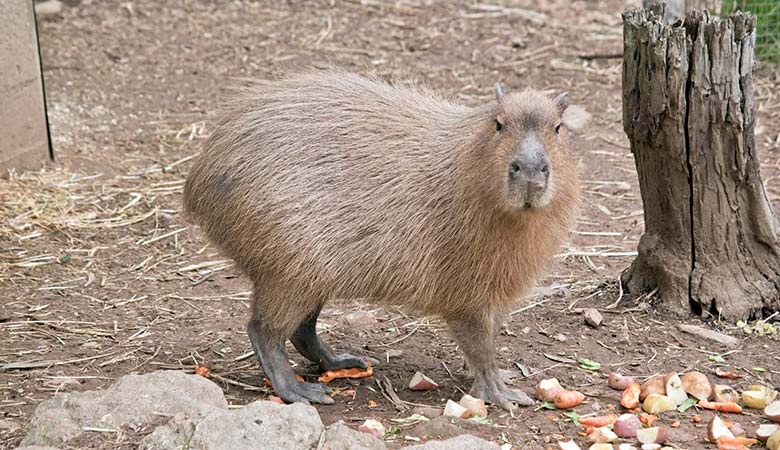
The idea of a 100-pound rodent sounds more like fiction than fact, but Capybaras are rodents that can weigh anywhere from 77 to 145 pounds. Their size is relative to a Labrador, but they are more closely related to guinea pigs.
They are trainable animals and are occasionally kept as pets. For more interesting information about capybaras, click here.
Komodo Dragons
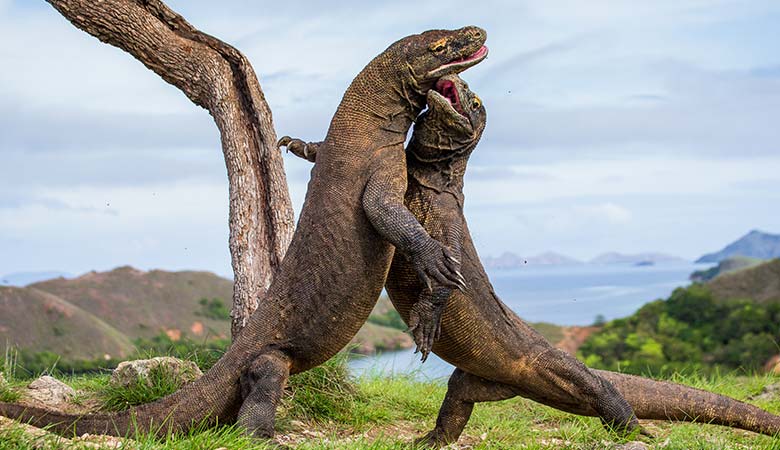
Komodo dragons are the largest living lizards in the world. They weigh about 150 pounds fully grown but can expel the contents of their stomach to decrease their weight for a quicker get-a-way.
Their stomachs are quite expandable. An adult Komodo dragon can consume up to 80% of its body weight in a single meal. Male Komodo dragons tend to be larger than females, the largest recorded one weighing 366 pounds. Source.
Flightless Birds
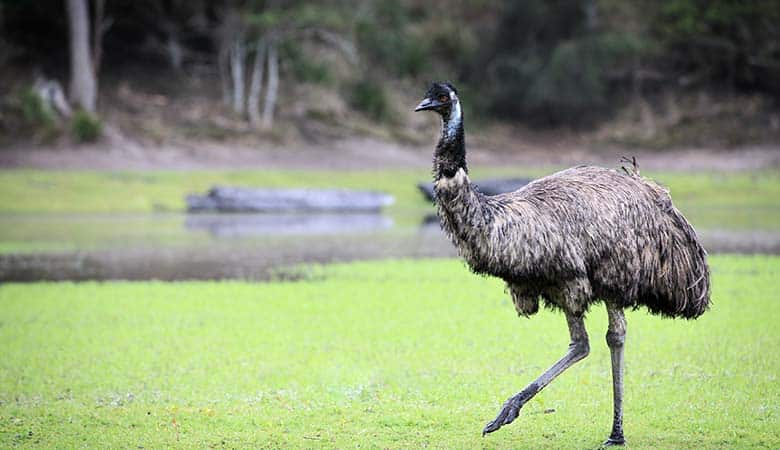
There are plenty of hefty birds in the world, but none that weigh close to 100 pounds are going to be soaring over your head. You may see some of them face-to-face at the zoo. Check out this list for more heavy-weight birds, both flying and flightless.
- Emperor Penguins: Adults weigh 49 to 99 pounds, and they are the heaviest living penguin species. Their home is Antarctica.
- Emu: Emus weigh between 40 and 130 pounds, with females actually being slightly larger than males.
- Northern Cassowary: Native to New Guinea, females can weigh up to 154 pounds, with an average weight of 128 pounds. Males tend to be smaller.
- Southern Cassowary: These birds range from 110 to 150 pounds (females being larger) and can be found in tropical rain forests of Indonesia, New Guinea, and northeastern Australia.
Snakes

Most snakes aren’t going to outweigh the average toddler, but some species can grow to immense weights. Some of the larger species include:
- Anacondas: Although estimates top out at around 550 pounds, the average weight is thought to be about 100 to 150 pounds. Source.
- Burmese Pythons: With a lifespan of 20-25 years, the weight will depend on its age, but they can get up to 200 pounds. Source.
Galapagos Sharks
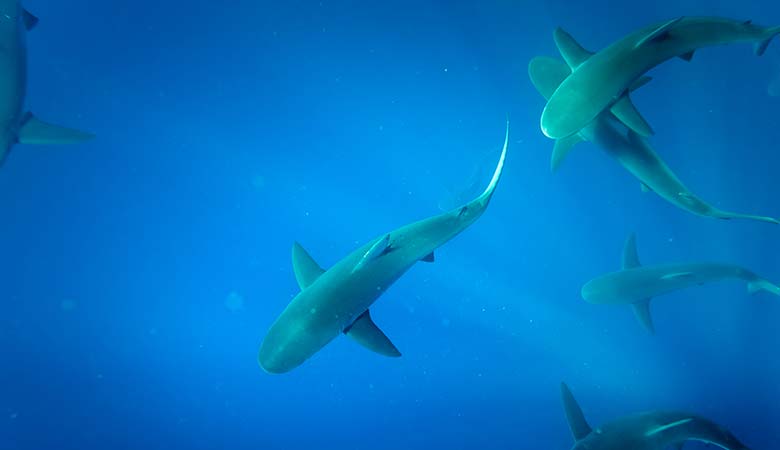
Growing up to 12 feet and 189 pounds, Galapagos sharks are actually one of the smaller shark species alive today. Although they are technically considered dangerous sharks, they rarely attack humans.
You’re much more likely to see these curious sharks in a group, checking out people, other animals, or objects in the ocean like boats and docks by bumping into them with their noses. Source.
Dogs

Some dog breeds are likely to weigh about the same or more than their owners. There are many large dog breeds, but I have a table below of a selection of them and their respective weights. Source.
| Breed | Weight in Males | Weight in Females |
| Great Dane | 140-175 pounds | 110-140 pounds |
| Mastiff | 160-230 pounds | 120-170 pounds |
| Saint Bernard | 140-180 pounds | 120-140 pounds |
| Newfoundland | 130-150 pounds | 100-120 pounds |
| Irish Wolfhound | 120 pounds | 105 pounds |
Giant Pacific Octopus
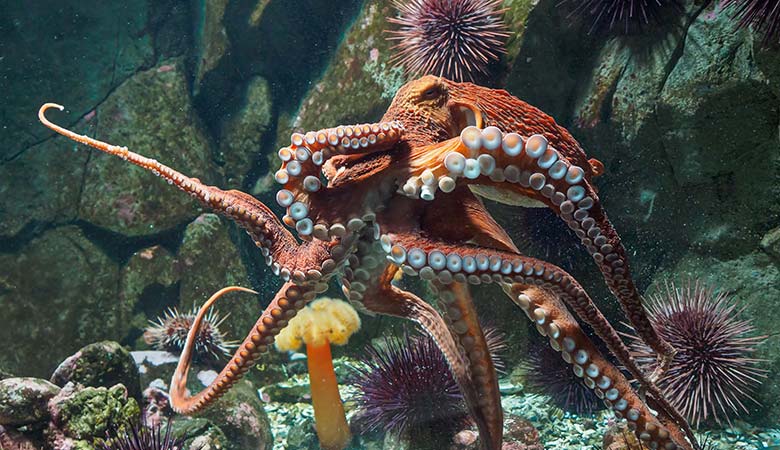
Adult giant pacific octopus can weigh up to 110 pounds, with a relative size of a 6ft tall man. The largest known octopus recorded weighed in at over 600 pounds.
Although they are highly intelligent animals, they are also sensitive to changes in their environment. They are not listed as endangered yet, but their numbers do seem to be dwindling. To learn more about these amazing creatures, check out this website.
Chimpanzees

Our closest primate relatives typically weigh 70 to 130 pounds. Males are usually larger. We share 98% of our genetic blueprint with chimpanzees. They are commonly found in the African rain forests, woodlands, and grasslands. Source.
Hyenas
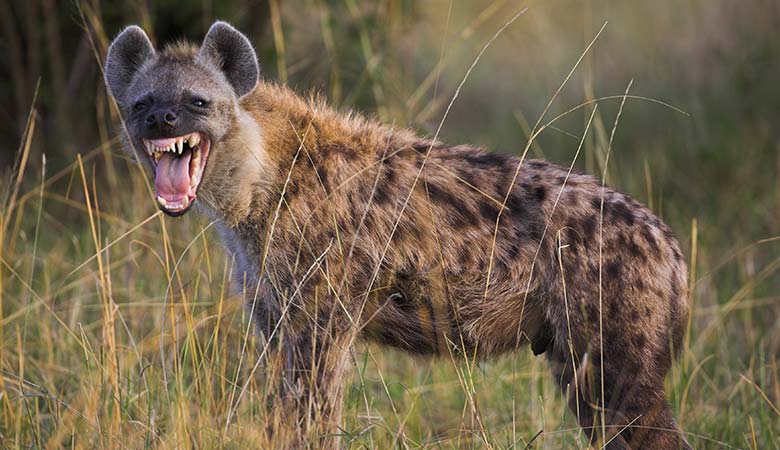
I didn’t think of hyenas as large animals until seeing how much the different species of hyenas weighed. Their weights are comparable to some large dog breeds, although hyenas do not belong to the dog or cat family.
- Striped Hyenas: Females are smaller than males, weighing between 57 and 75 pounds. Males typically weigh 57 to 90 pounds. Striped hyenas are native to northern Africa, the Middle East, and India. Source.
- Spotted Hyenas: Spotted hyenas weigh between 88 and 190 pounds. Females are actually about 10 percent bigger than males. They live south of the Sahara desert. Source.
- Brown Hyenas: Brown Hyenas weigh about 83 to 97 pounds, and can be found in the southern regions of Africa. Source.
African Spurred Tortoise
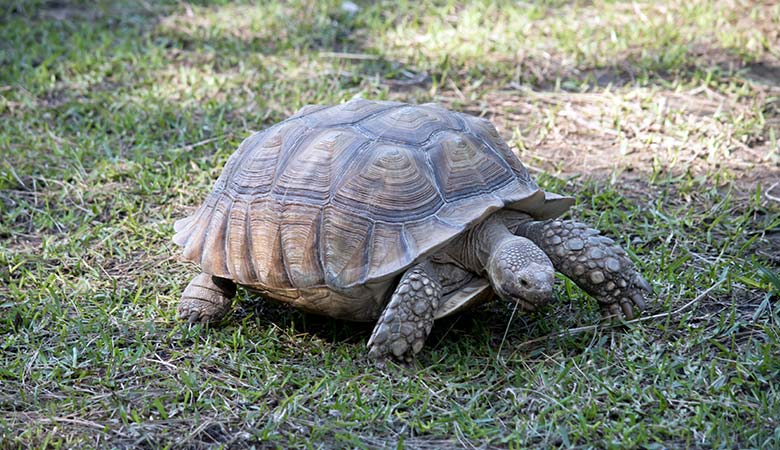
This tortoise may not be quick, but it can definitely reach an impressive weight. The African spurred tortoise is the largest mainland tortoise and can weigh as much as 100 pounds. Some males have even reached 200 pounds.
The African spurred tortoise lives in a scorching hot environment and digs dens up to 10 feet deep to keep cool. They can even go weeks without food or water! This website has a wealth of information about the African spurred tortoise.

